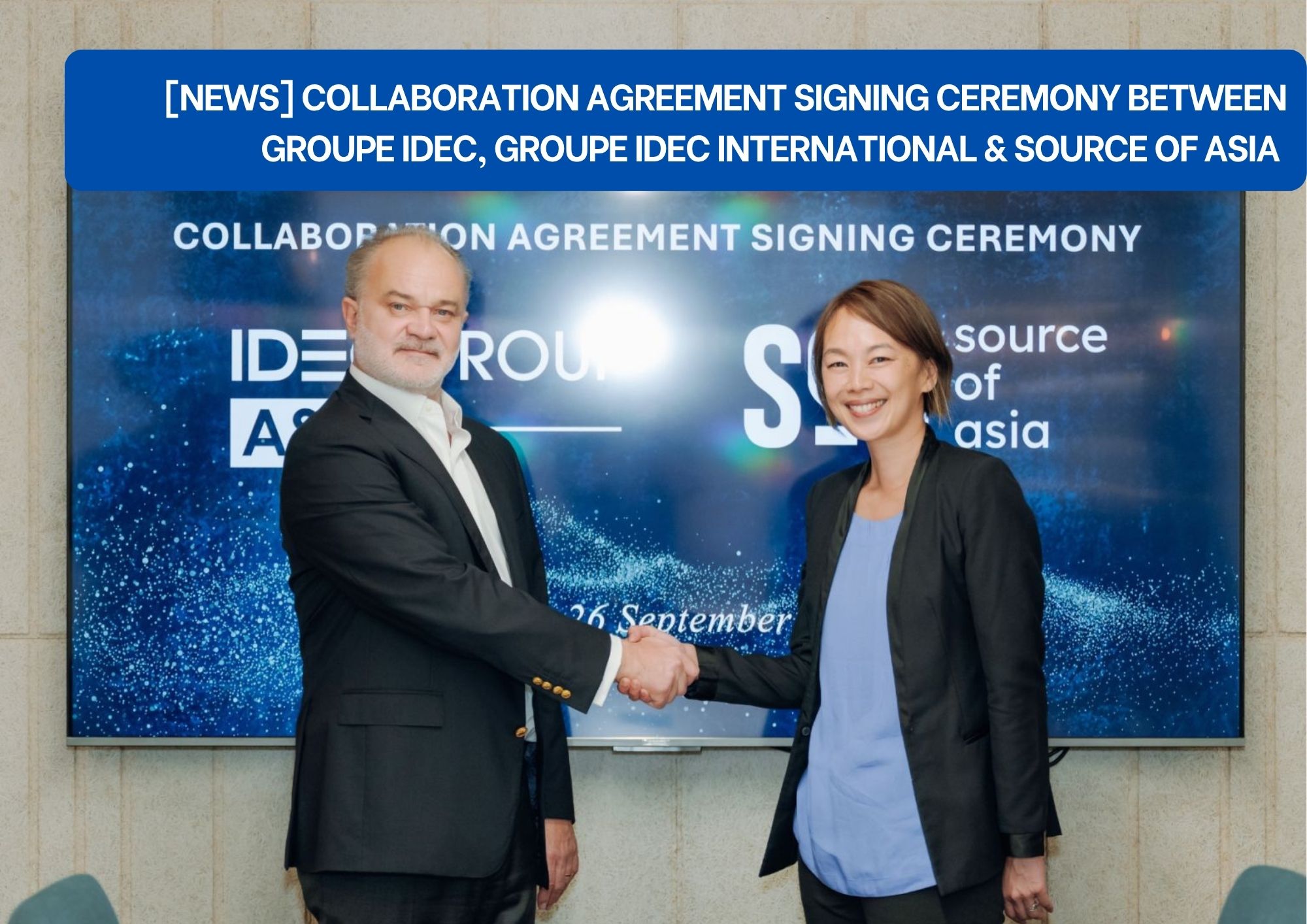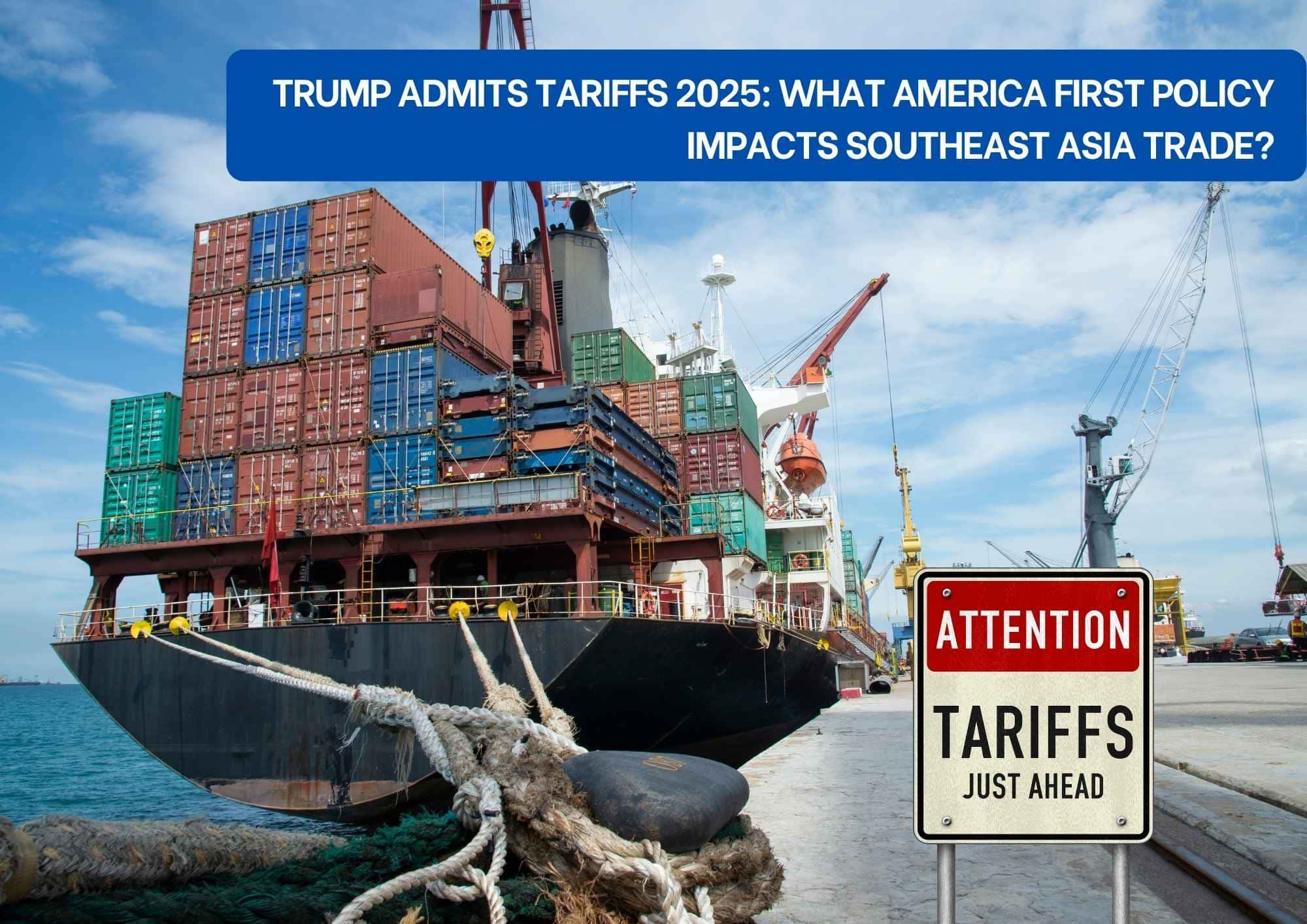What is quality control? How could it improve your product quality and benefit your production business?
Quality control (QC) is the key to establishing a successful business and is a segment that plays a crucial role in the manufacturing process.
The term ‘quality improvement’ can be approached from various perspectives and implies the required specifications that are fulfilled and the product manufactured is functioning as expected. From raw materials to finished products, QC is in every step of the manufacturing process.
All the acts of inspection, including measuring, examining, and testing one or more characteristics of a product or service and then comparing these with specified requirements, are to ensure that the product coming off a production line, or the service, is correct and meets specifications.
QC inspectors protect the consumer from defective products and the company from damage to its reputation due to the manufacturing processes. In other words, not only is the customer satisfaction and trust guaranteed, but also the positive image of the company is protected. Effective inspection and management of production operations and processes can help the business reduce production costs, make the best use of its resources, and, of course, increase efficiency.
Furthermore, quality control procedures have a favorable effect on employee behavior. It can motivate staff to produce superior products, increasing client satisfaction. To put it briefly, a business can save time in addition to money and resources when it implements trustworthy quality control.
Types of QC in manufacturing
Described as such, quality control remains rather vague. What we have witnessed in Southeast Asia through our years of experience at SOA is that there are several visions and steps in quality control management that are regularly taken into account. Following the process of manufacturing from the beginning to the end, every step always has a QC inspection way to proceed and follow.
Depending on the countries, the customer presence, the sensitivity of products, and the relation with suppliers, all of these quality controls can be implemented totally or partially. It is not rare to see buyers handling directly with the manufacturer for the pre-production sample, as well as in-line & out-line inputs, and then deciding to hire third parties to conduct final inspections and/or testing.
Pre-production sample
Before launching mass production, a step of preparing and manufacturing samples is always in need, as it often sets the base for all future quality control. All kinds of samples, such as AKA samples, master samples, or counter samples, sometimes undermine, but yet are a key factor to control the quality and to better communicate with all parties.
Technical inspection
Also known as laboratory testing, this kind of inspection is mainly carried out on selected items from the production (or, sometimes, pre-production samples) to conduct more thorough and deeper, or simply technical, tests requiring machines or complex techniques.
In-line inspection
Instead of checking the quality of the product at the end of the manufacturing process when the product is completely made, the company should do the checking at certain milestones of the process. It is how the inline inspection works. If there are any defaults or the quality isn’t good enough, this method could help factory management and supervision proactively to take necessary precautionary measures and easily identify the root cause.
As a result, the problem is rectified, the preventive measures (or corrective plans) are established to avoid future recurrence, and more importantly, the factory can avoid the fact that the full batch of production is rejected at the end of the production. In fact, in the textile industry, inline inspection is quite important.
For instance, if the final inspections show a defect, it is hard to provide a corrective plan and fix the problem. Because it is very costly (in terms of time, raw materials, and cost) to revise a production, as the products cannot be fixed and need to be re-manufactured 100%.
Out-line inspection
Outline inspection is usually conducted at the same time or in a similar way as the in-line inspection. The inspection controls the first pieces of the finished product when it is out of production. With the same benefits and possibilities as the in-line inspection, it offers more flexibility in implementing corrective plans.
Final inspection
The final inspection is the last opportunity for auditors to catch and address quality issues before they end up in the hands of the buyer, or even worse, the consumer. It is usually conducted when 100% of the purchase order is manufactured and 80% packed; it gives the green light (or doesn’t) for purchase and shipment.
During the final audit, products are examined for specific performance requirements, taking into consideration all criteria such as function, dimensions & weight, finishing, usage, technical, packing, labeling, etc.
Loading inspection
It is not obligatory but rather a necessary step to complete the whole manufacturing and shipping of the order. The purpose of this inspection is to make sure that the goods are properly handled and safely loaded into the shipping containers for secure transportation.
Depending on the sensitive values, the risky areas, or other doubts, it is an additional control of the loading itself of a container or cargo and the validation that it matches what was requested.
Quality control service at SOA
Our expertise and services
Standard quality control management can establish well-defined controls and help to standardize both production and reactions to quality issues. As a buying office & sourcing company, our role usually extends further than that. We help smooth the process by implementing each of the quality controls ourselves and increasing the chances of passing the final inspection in the end.
In order to do so, we have evolved over the years. From the merchandisers conducting the quality control management by themselves at the early start of our company to the cooperation with the third parties and external experts at some key phases of the manufacturing process, we finally decided to build and strengthen our internal quality control division with our own team.
By developing our own quality control crew, we can expand our knowledge about the products at every step of the supply chain. We also take the responsibility to predict, detect, and address any issues, to both suppliers and customers, that may arise from the beginning of the manufacturing process. Not just simply giving the client a snag list (what is passed, pending, or failed), we even input our recommendations and solutions to our customers and suppliers to work on the problems and fix them.
A key step for us to set this up is a good and strong understanding of our customers’ expectations. Not only following the internationally known AQL (Acceptable Quality Limit) method, we are also able to adapt and implement different quality control standards, depending on each customer’s requirements, expectations, profiles, and products.
Our specialty
At present, our quality control division has more than 20 years of experience, and the team is able to demonstrate its essential position in the supply chain. The QC process at SOA is built professionally based on international standards and several years of experience working in many categories and products (such as furniture, home décor, textiles, spare parts, etc.). The quality of the product would be controlled by SOA’s involvement from the beginning to the end of the manufacturing process and ensured to match the requirements of our customers and the capacity of the factory.
We not only control the quality of products but also evaluate the factory we cooperate with. The factors, such as the factory’s strengths and weaknesses, its capacity and liability, etc., are well considered.
Final Thoughts
In summary, at SOA QC services, we have built our own process with detailed steps and regulations that are to be followed and done by all the involved departments, from the merchandiser to the quality controller. It must be noted that the importance of good collaboration between a quality controller and a merchandiser following the process would create a professional procedure and lead to the best results.







